The circular economy: a new way of making and using things
A circular economy means moving away from using precious raw materials and producing goods that end up in the landfill. Products are repaired, reused and recycled instead. This video shows how the process works in Switzerland, a country with few raw materials which is good at recycling but which also generates among the most waste in Europe.
Various hurdles stand in the way of developing a circular economy and prevent the efficient use of resources, as a report by the Federal CouncilExternal link from March 2022 points out. It is currently examining measures to address these. The potential for improvement is particularly high in the areas of construction and housing, agriculture and food, transport, mechanical engineering and the chemical industry.
We take a closer look at some of these possibilities: For example, the report suggests that construction companies could use existing components and recycled materials. There are also business opportunities for repair and leasing services as well as sharing platforms.
Other examples can be found in agriculture: byproducts from grain-milling or cheese production can be used to feed cattle and pigs. A Swiss shrimp farm uses the waste heat from salt production to heat its shrimp ponds, while feeding cool water back to the salt mine it is located in.
The circular economy is also a key topic at the Swiss Green Economy Symposium 2022External link. The event, which took place from September 7-8, brought together representatives from business, politics, research and civil society to discuss ideas and projects for sustainable development.
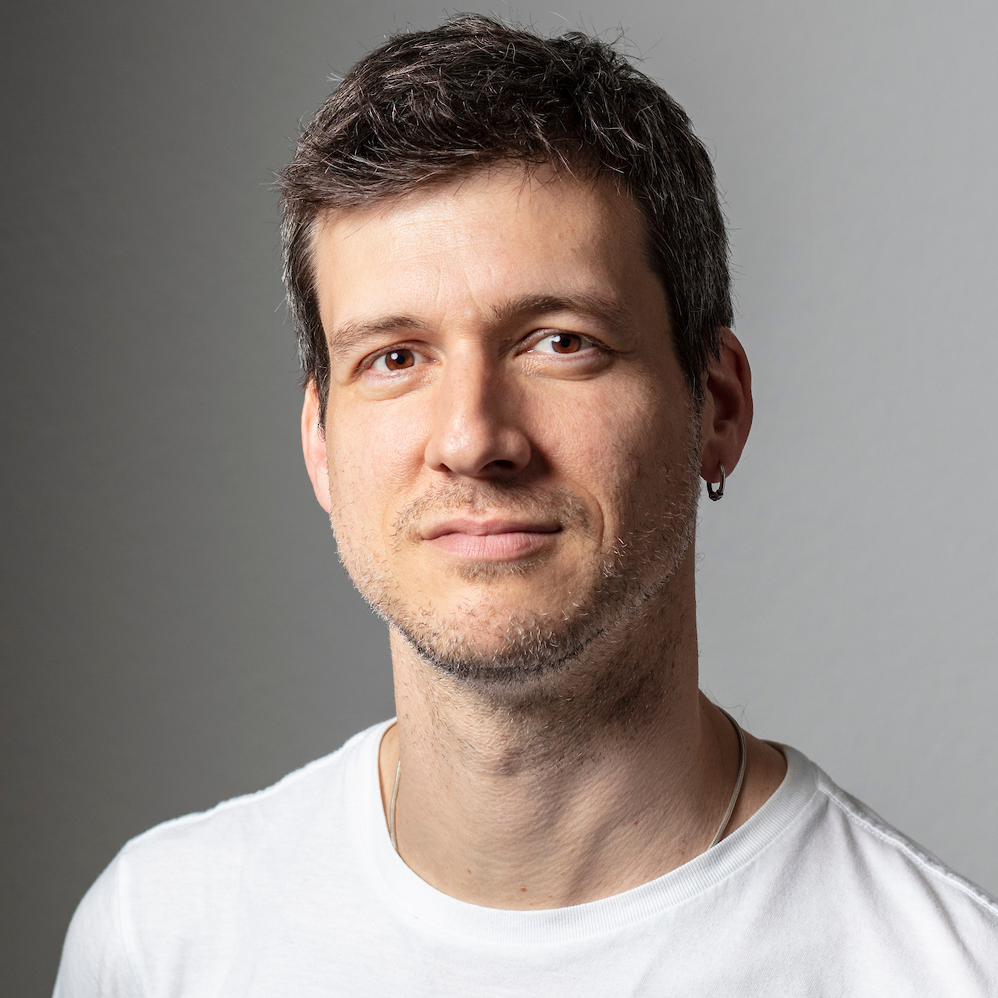





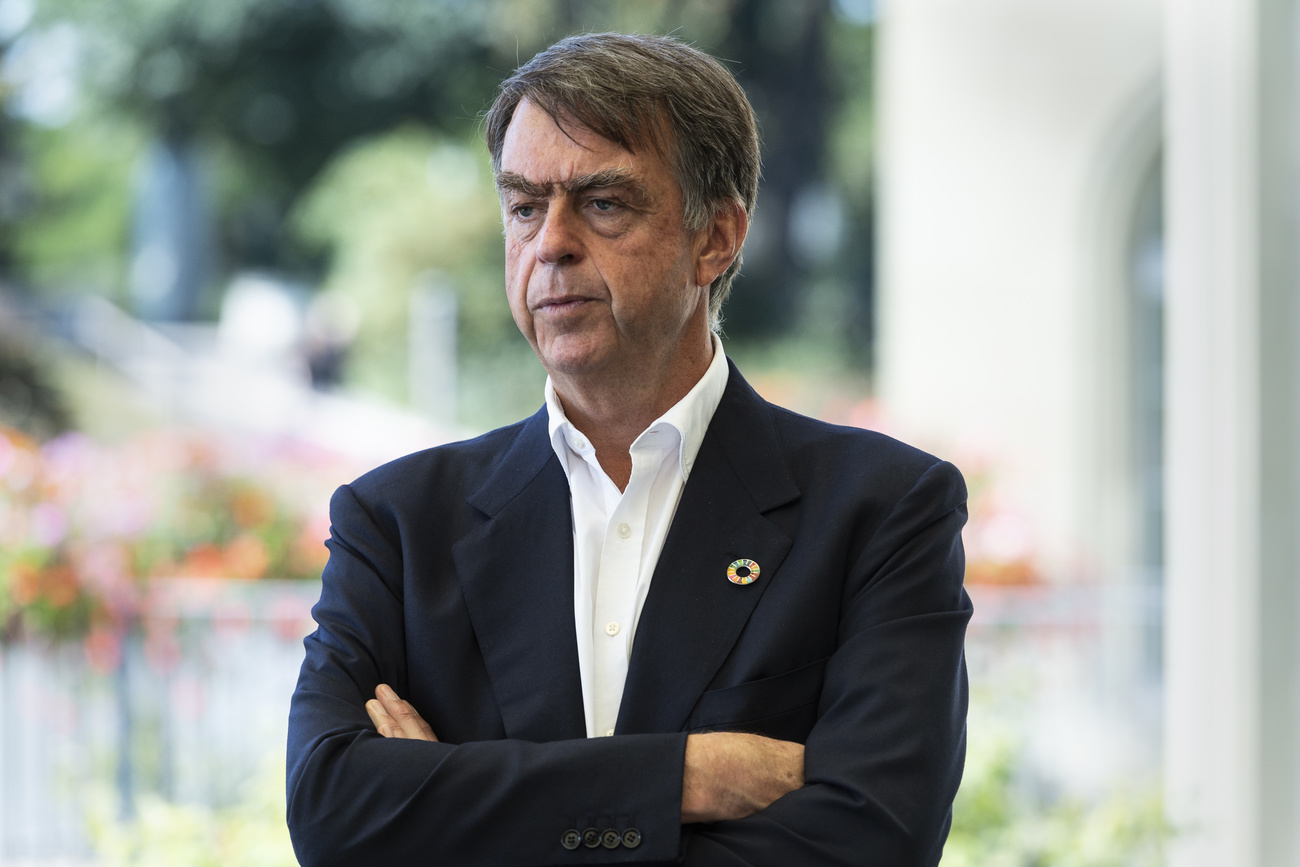




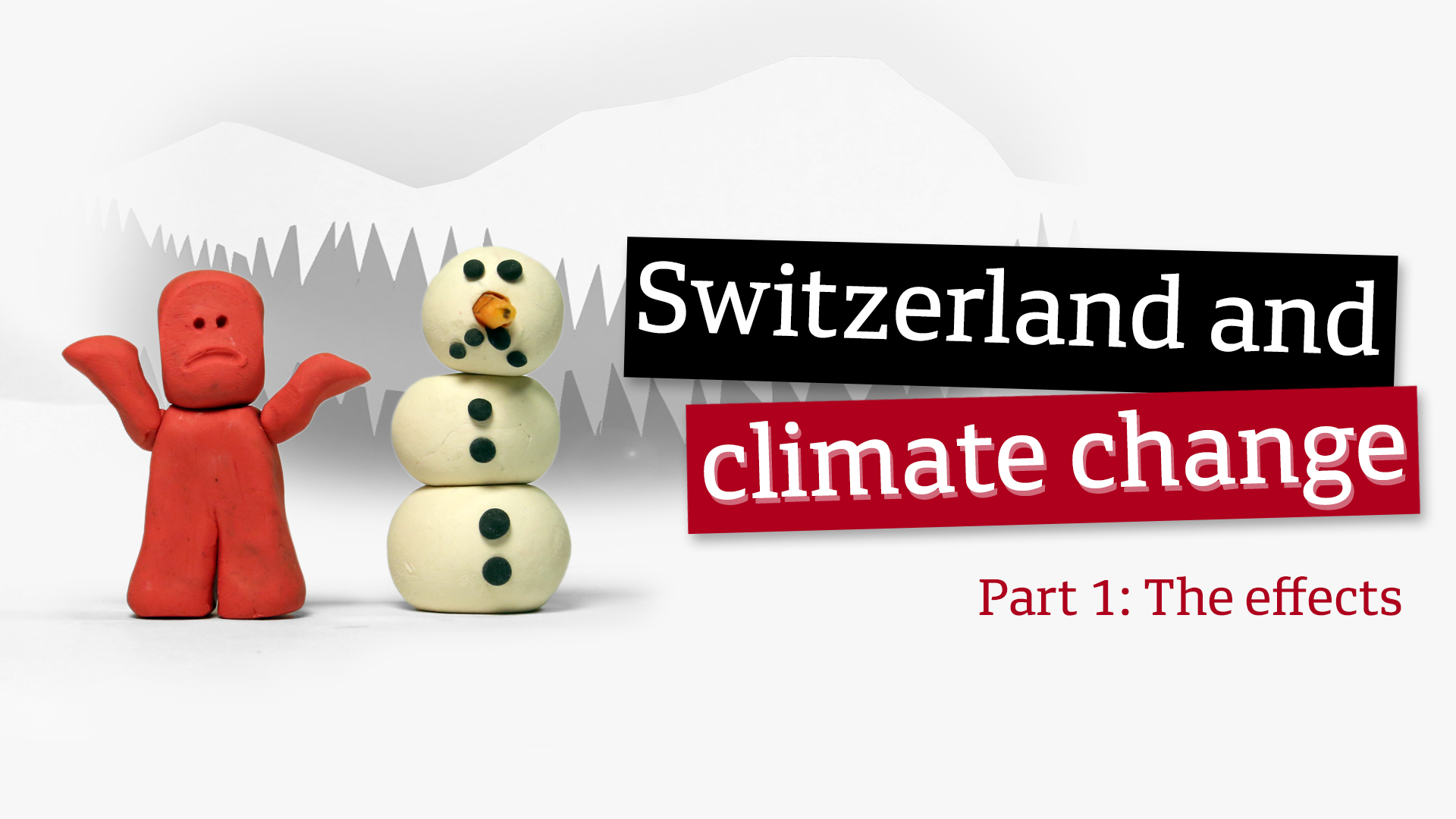
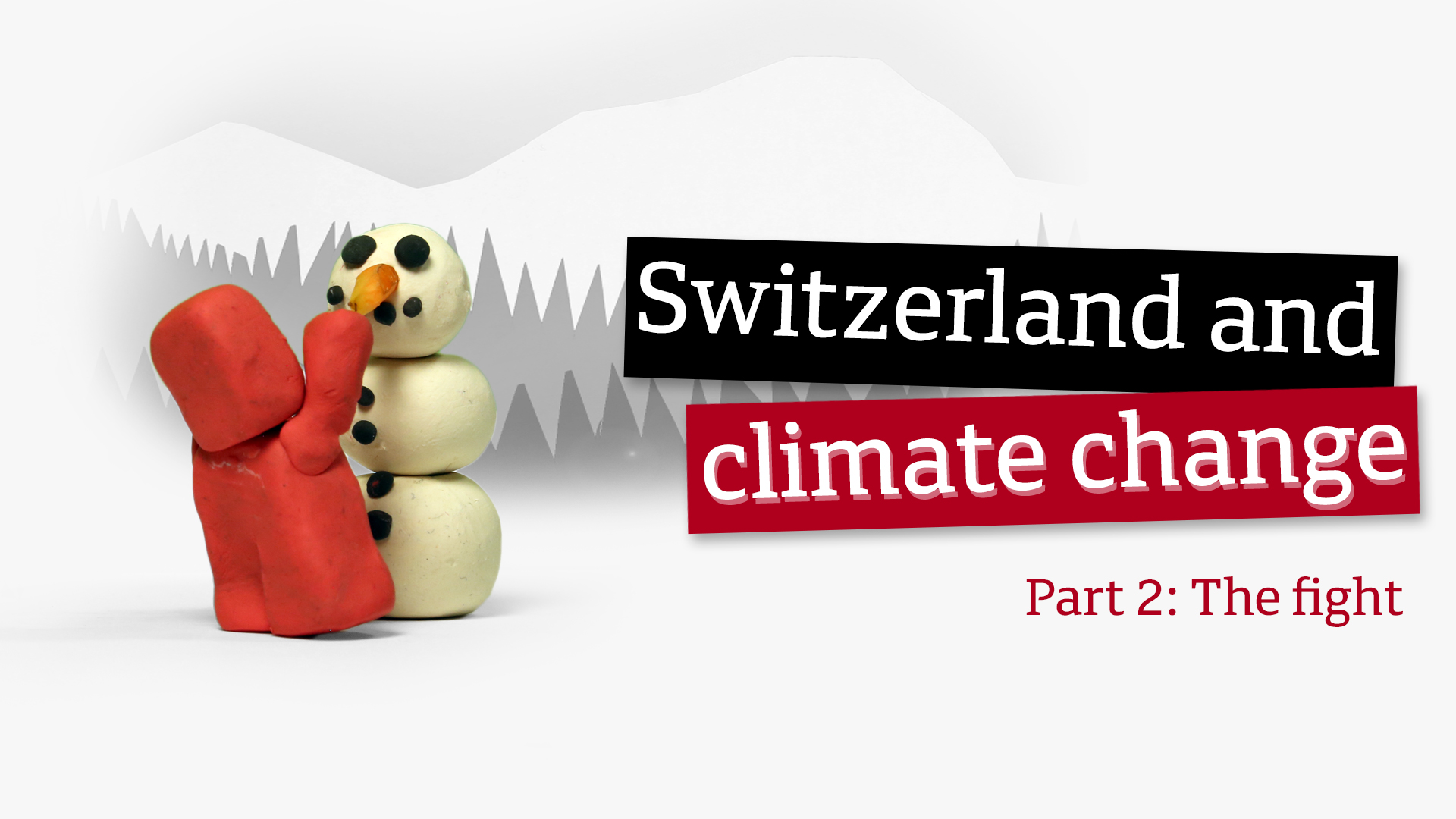
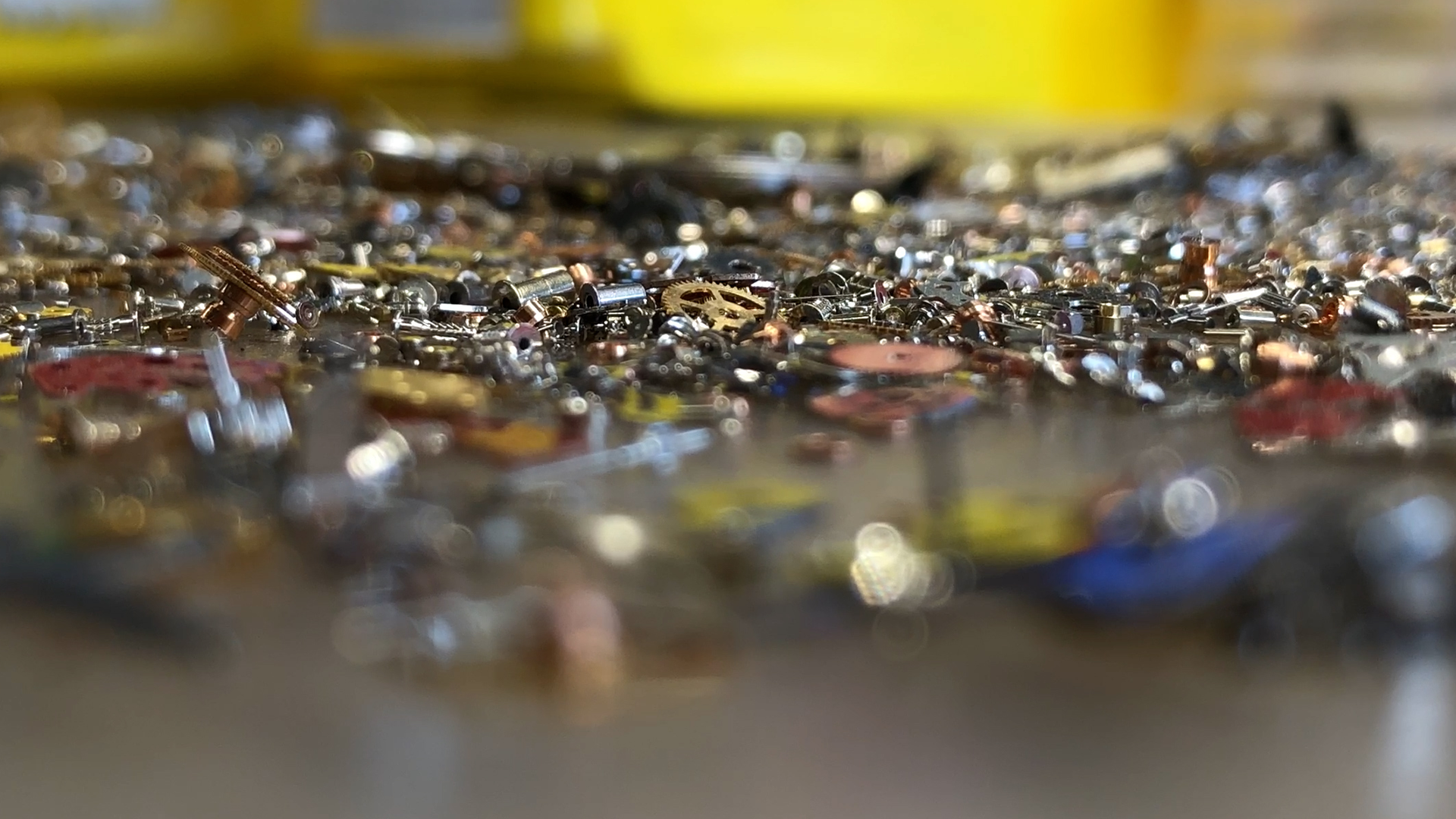
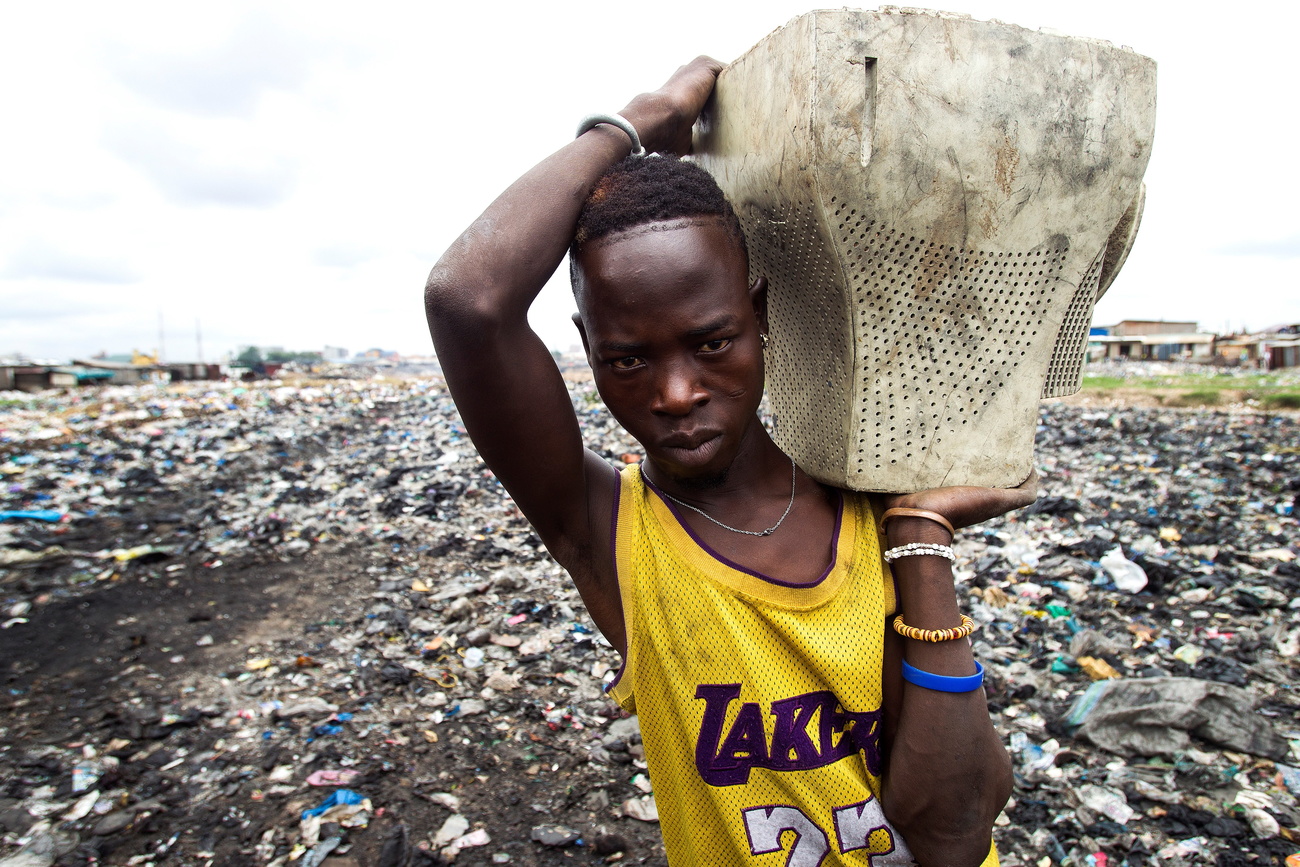
You can find an overview of ongoing debates with our journalists here . Please join us!
If you want to start a conversation about a topic raised in this article or want to report factual errors, email us at english@swissinfo.ch.